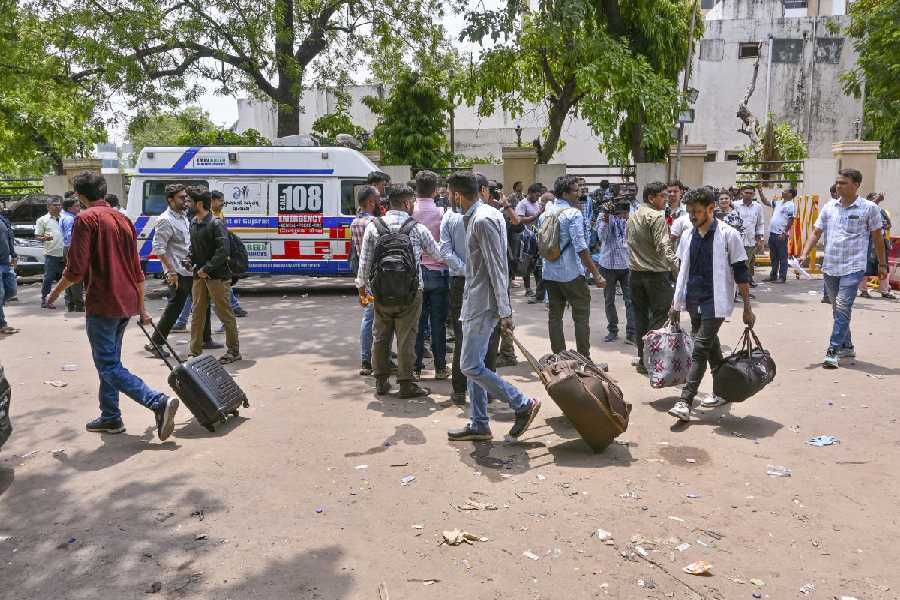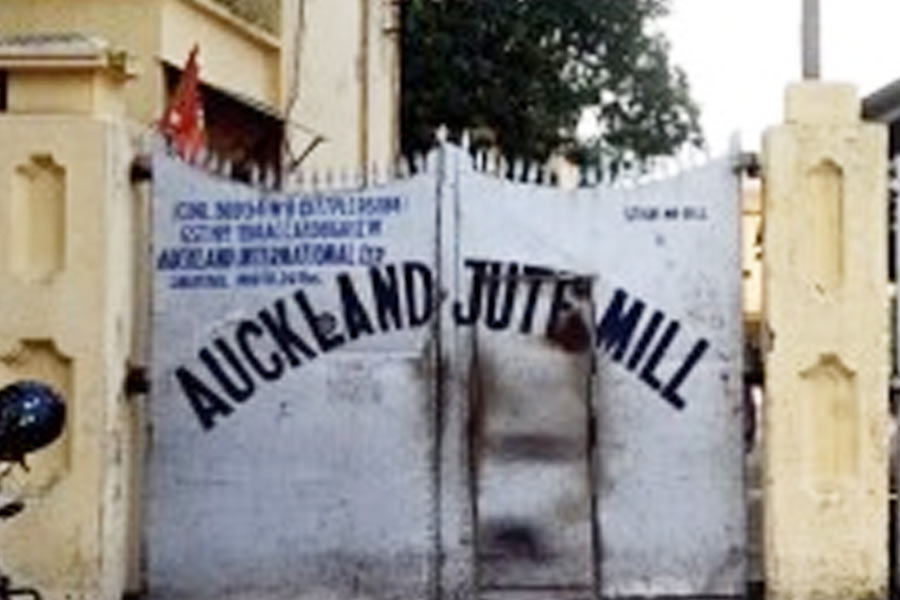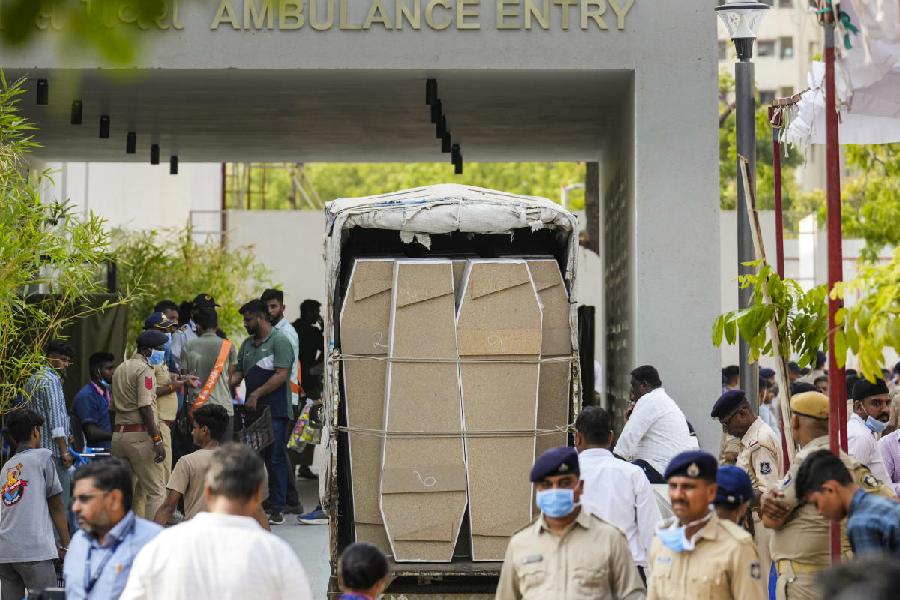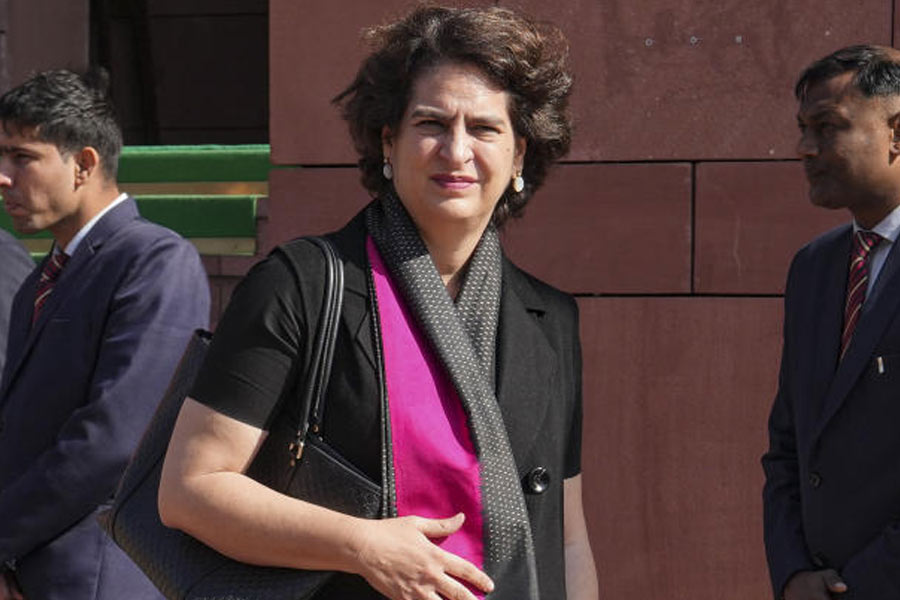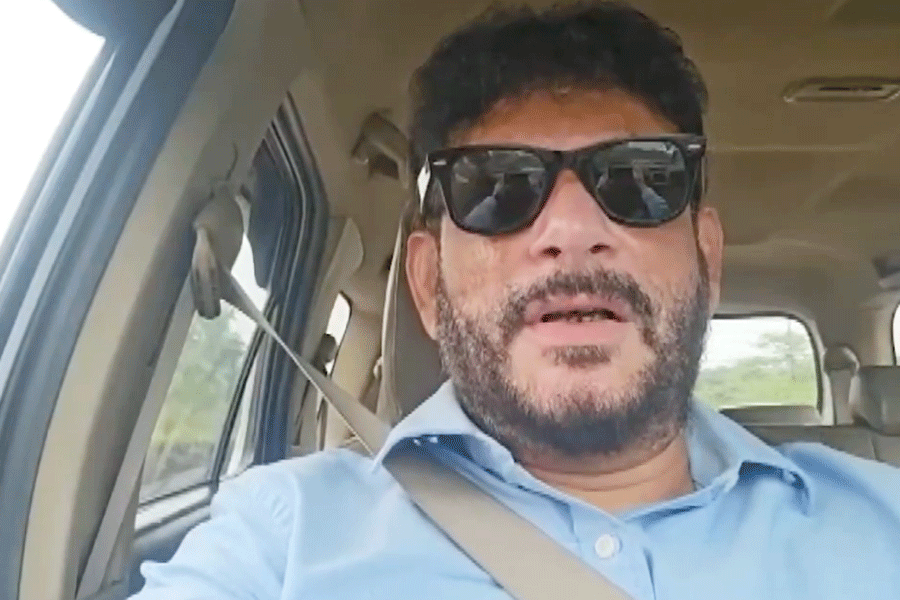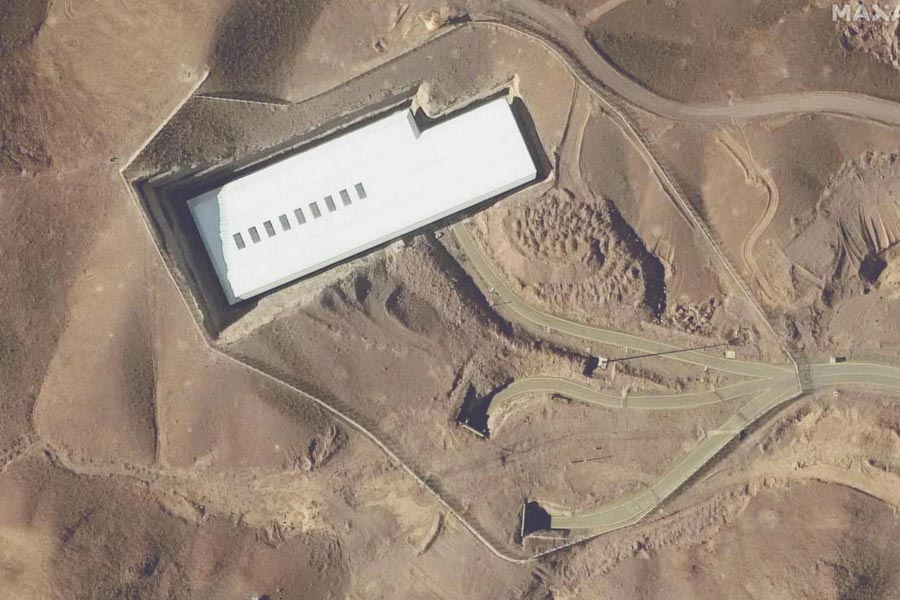 |
Planes have burned more rubber on Calcutta airport’s primary runway than is permissible, robbing the strip of the roughness that is necessary for safe take-offs and landings.
The good news is that the airport, for once, has a contingency plan ready. A year-long project to extend the secondary runway by 440 metres on the northern side has been completed just in time for the authorities to be able to close the primary strip for repairs.
“The primary runway needs immediate maintenance. We can start the project this week and substitute the primary runway with the secondary one for most landings and take-offs,” a senior airport official said.
He admitted that it would have been a big risk to continue using the primary runway without repairs. “But we wouldn’t have had a choice had the secondary runway not been ready to handle large aircraft. That would have been really unsafe.”
The task of getting the primary runway back in shape needs to be completed before the monsoon sets in. It will be closed for at least four to five hours every day for repairs.
Several airlines had warned the airport authorities of the danger of using the primary runway in the condition it was in during the rains.
Tyre rubber melts in the heat triggered by friction between the aircraft’s wheels and the asphalt on the runway, especially in summer. The more rubber there is on the runway, the smoother and more potentially hazardous it becomes for aircraft.
“The standard practice at airports is to scrape out the rubber. If the surface loses its roughness, tyres don’t grip well and that can be dangerous,” a veteran pilot said.
A recent friction test confirmed that the primary runway had overshot the safety limit by miles.
That is not the only hazard. The city’s airspace is becoming congested, too. Calcutta is the only metro where one-way air corridors have not been demarcated, increasing the possibility of a mid-air collision on high-traffic routes.


